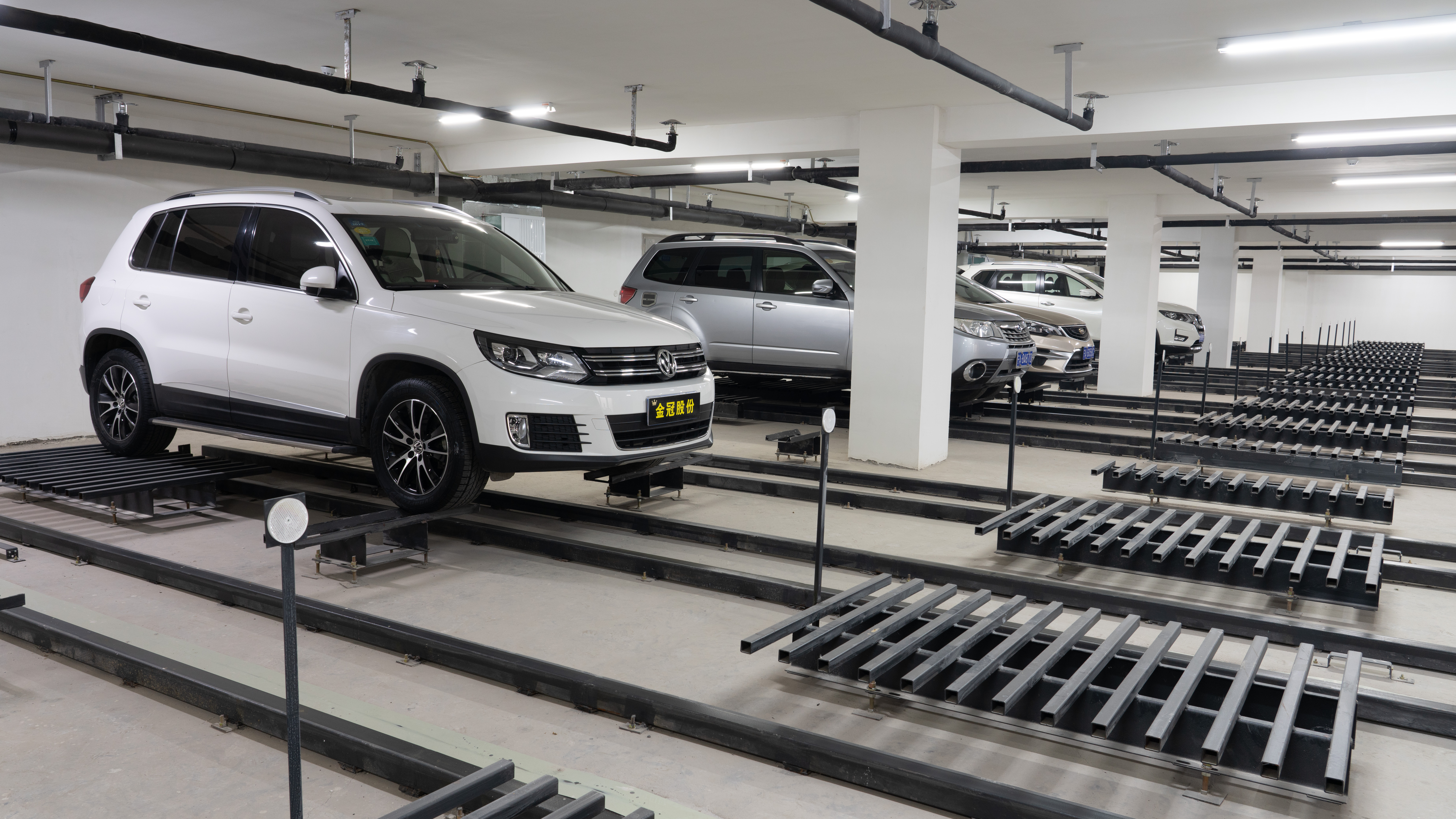The automated parking system (APS) is an innovative solution designed to address the growing challenges of urban parking. As cities become more congested and the number of vehicles on the road increases, traditional parking methods often fall short, leading to inefficiencies and frustration for drivers. The primary purpose of an automated parking system is to streamline the parking process, making it more efficient, space-saving, and user-friendly.
One of the key benefits of an APS is its ability to maximize space utilization. Unlike conventional parking lots that require wide aisles and maneuvering room for drivers, automated systems can park vehicles in tighter configurations. This is achieved through the use of robotic technology that transports cars to designated parking spots, allowing for a higher density of vehicles in a given area. As a result, cities can reduce the footprint of parking facilities, freeing up valuable land for other uses, such as parks or commercial developments.
Another significant purpose of the automated parking system is to enhance safety and security. With reduced human interaction, the risk of accidents during parking is minimized. Additionally, many APS facilities are designed with advanced security features, such as surveillance cameras and restricted access, ensuring that vehicles are protected from theft and vandalism.
Moreover, automated parking systems contribute to environmental sustainability. By optimizing parking processes, they reduce the time vehicles spend idling while searching for a spot, which in turn lowers emissions and fuel consumption. This aligns with the growing emphasis on eco-friendly urban planning.
In summary, the purpose of the automated parking system is multifaceted: it improves space efficiency, enhances safety, and promotes environmental sustainability. As urban areas continue to evolve, APS technology offers a promising solution to the pressing issue of parking in modern cities.
Post time: Oct-14-2024
